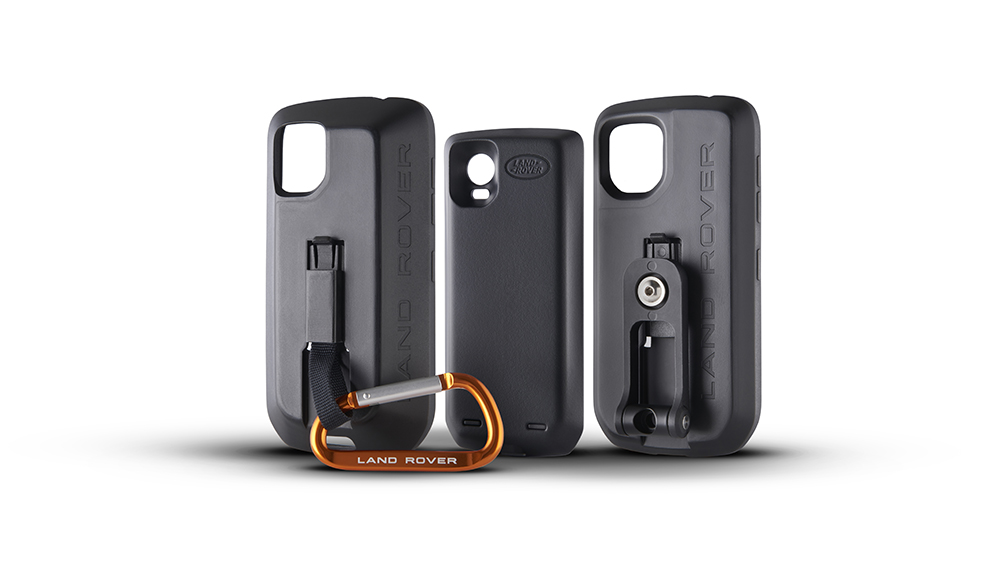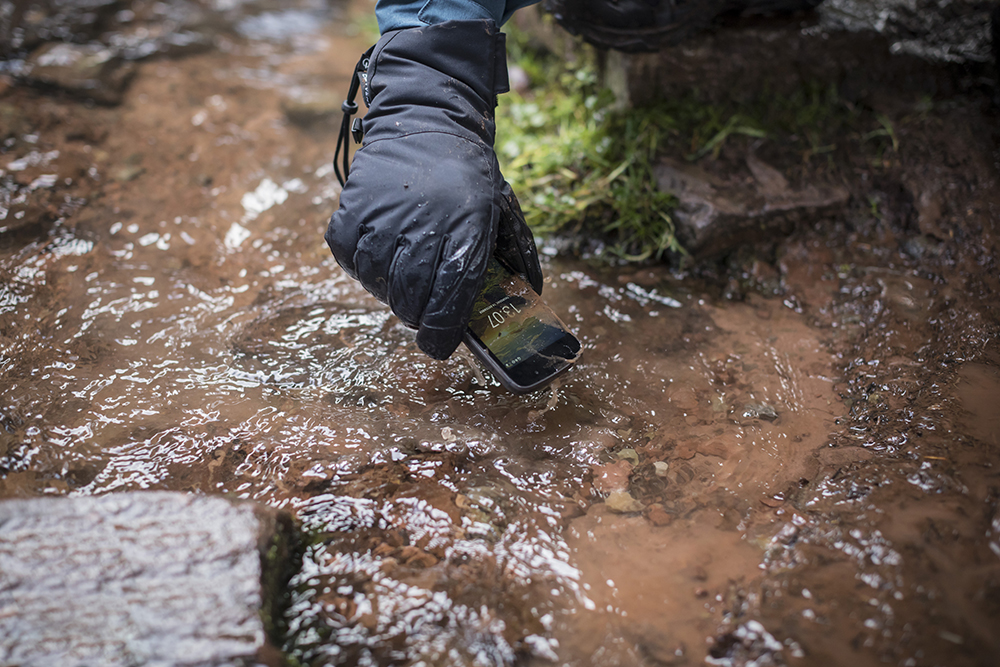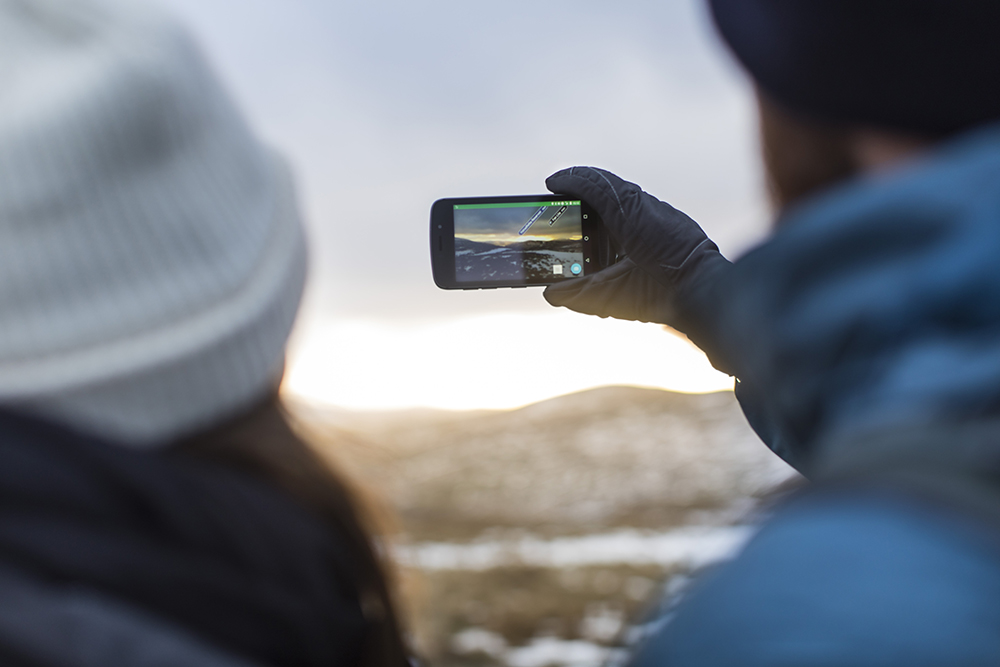Tried & tested: Land Rover Explore phone review

Because adventure isn’t limited to four wheels, Land Rover has created a smartphone specifically for the outdoors obsessed. We put it to the test.
A brand well-known for their sturdy four-wheel-drives, Land Rover is now making smartphones. This isn’t their first foray into the smartphone market, but it is the only phone they’ve made with travellers and outdoor lovers in mind.
Their latest model, aptly named the Explore, supposedly makes exploring easy, so we put it to the test on the trails of the Scilly Isles and along the backroads of Cornwall.
What makes it different to a normal phone?
Land Rover’s Explore isn’t exactly your average smartphone: it’s a stocky, sturdy device with a spare battery and GPS booster pack that effortlessly clips onto the back using pogo pins. You can get a full day’s use of all the bells and whistles (GPS, camera etc) before it runs out, and it lasts for a good two days if you’re not using it all the time.
The supplied case has a carabiner (a metal oval-shaped clip) attached – possibly because it’s a little on the large side for a coat or jean pocket – and the phone promises to be waterproof for up to three-feet-deep in water (for no more than 30 minutes). You can’t exactly take it for a swim, but don’t fear dropping it in a stream, puddle or even the toilet (one in five of us have done so, after all).
Speaking of dropping it, Bullitt Group – the company who built the Explore – has drop-tested it thoroughly (around 27 times, the Land Rover spokesperson told me), so as long as you’re not playing rugby with it, it’s OK if you get a little clumsy.
What else has it got going for it?
There are two brilliant apps preinstalled on the Land Rover Explore: the Dashboard, which pulls in relevant data about your surroundings (weather, chance of rain, elevation, long and lat etc), and the ViewRanger mapping app. Unfortunately, the latter requires a premium subscription for access to the best maps from organisations like the Ordnance Survey or Harvey Maps.
It has a 16 megapixel rear camera with flash and an eight megapixel selfie lens, plus 64gb of memory with a microSD slot should you want to expand capacity.
The screen is optimised for sunlight viewing and you’ll still be able to operate the phone with wet fingers, or with gloves on (if you switch on ‘glove mode’ beforehand).
What are the cons?
There’s no beating around the bush with this one: this phone is heavy. Weighing in at 233 grams without the battery pack and 359 grams with the extra life attached (it's 405 grams with the case on top), it’s by far one of the heftiest phones on the market – for context, my Samsung S6 is just 138 grams. The carabiner attached to the case goes some way to helping with this, but the size means it’s not easy to carry around.
It also runs an older version of Android – the 2016 Nougat operating system – which could explain why it can be slow to open apps and take pictures. Bullitt has promised an update to the latest Oreo OS soon, though.

Should I buy it?
It’s not a city slicker’s phone, that’s for sure. If your idea of exploring is pounding the streets of New York or Venice, this might not be the device for you. It’s not ideal for taking quick snaps on the go, nor is it practical for long phone calls home (your arm would ache after a while, no doubt).
But if you spend a lot of time up mountains, on moors, hiking on hills or rambling through the woods, this could well be the phone for you. It's on sale from £599, including the spare battery pack, at landroverexplore.com, Cotswold Outdoor, Snow+Rock and network providers Vodafone and EE.
Comments
Be the first to comment
Do you want to comment on this article? You need to be signed in for this feature

